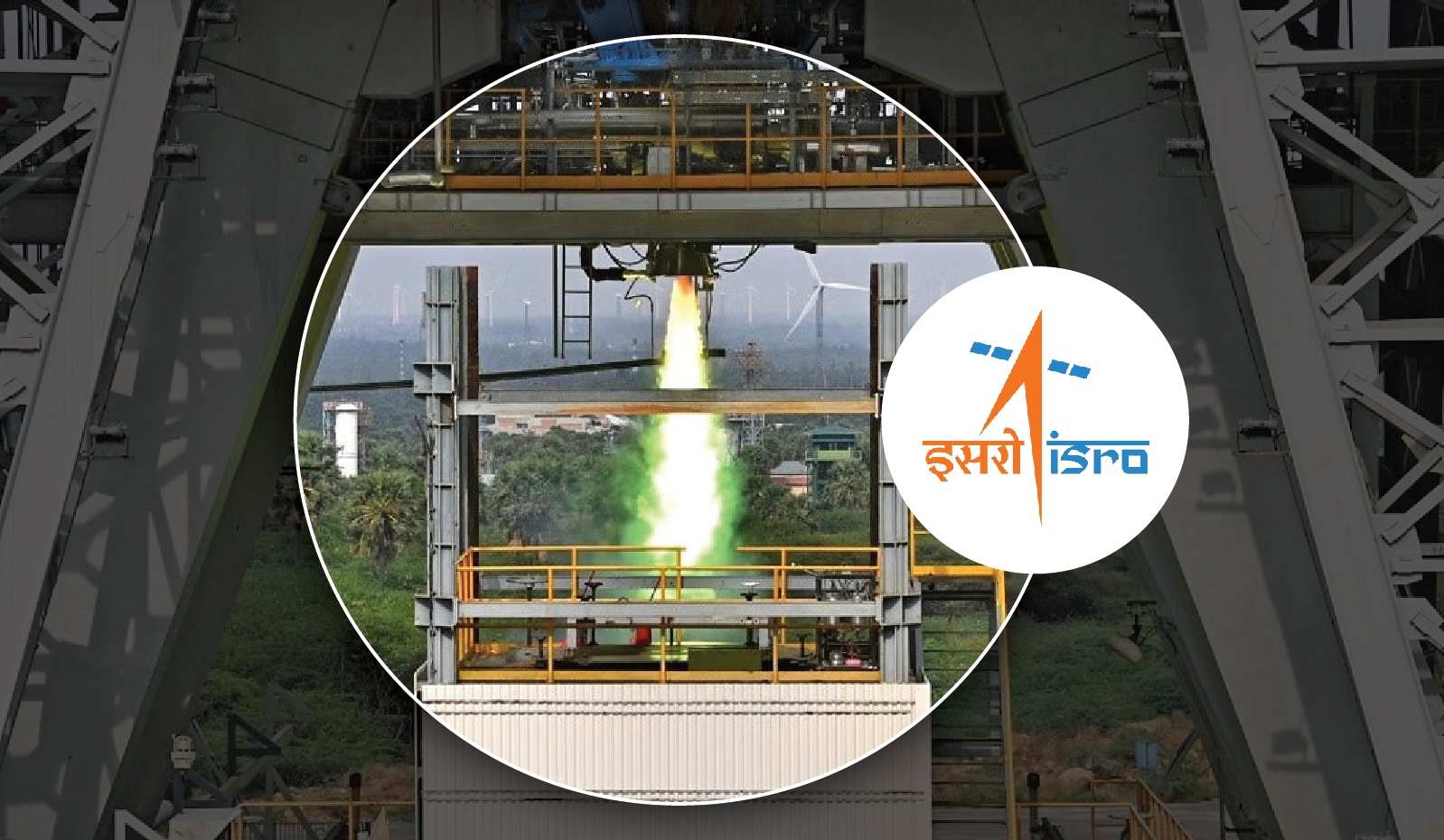The first successful hot test of the Engine Power Head Test Article (PHTA) was conducted at ISRO Propulsion Complex, Mahendragiri (Tamil Nadu).
- It will power the Semicryogenic booster stage of the Launch Vehicle Mark-3 (LVM3).
- LVM3 is a three-stage launch vehicle consisting of two solid strap-on motors (S200), one liquid core stage (L110), and a high-thrust cryogenic upper stage (C25).
About the Test
- The stage (SC120) powered by the 2,000 kN (kilonewton) semi-cryogenic engine (SE2000) will replace the present core liquid stage (L110) of LVM3 for payload enhancement and power the booster stages of future launch vehicles.
- Non-toxic and non-hazardous propellants (Liquid Oxygen and Kerosene) are employed in semi-cryogenic propulsion.
- A semi-cryogenic propulsion system and uprated cryogenic stage in the LVM3 vehicle enhances its payload capability from 4 tonne to 5 tonne in Geosynchronous Transfer Orbits (GTO).
What is a Semicryogenic Engine?
- ISRO is developing a 2000 kN thrust semi-cryogenic engine working on an LOX (Liquid Oxygen) Kerosene propellant combination for enhancing the payload capability of LVM3 and for future launch vehicles.
- Liquid Propulsion Systems Centre (LPSC) is the lead centre for the development of semi-cryogenic propulsion systems with the support of other launch vehicle centres of ISRO.




